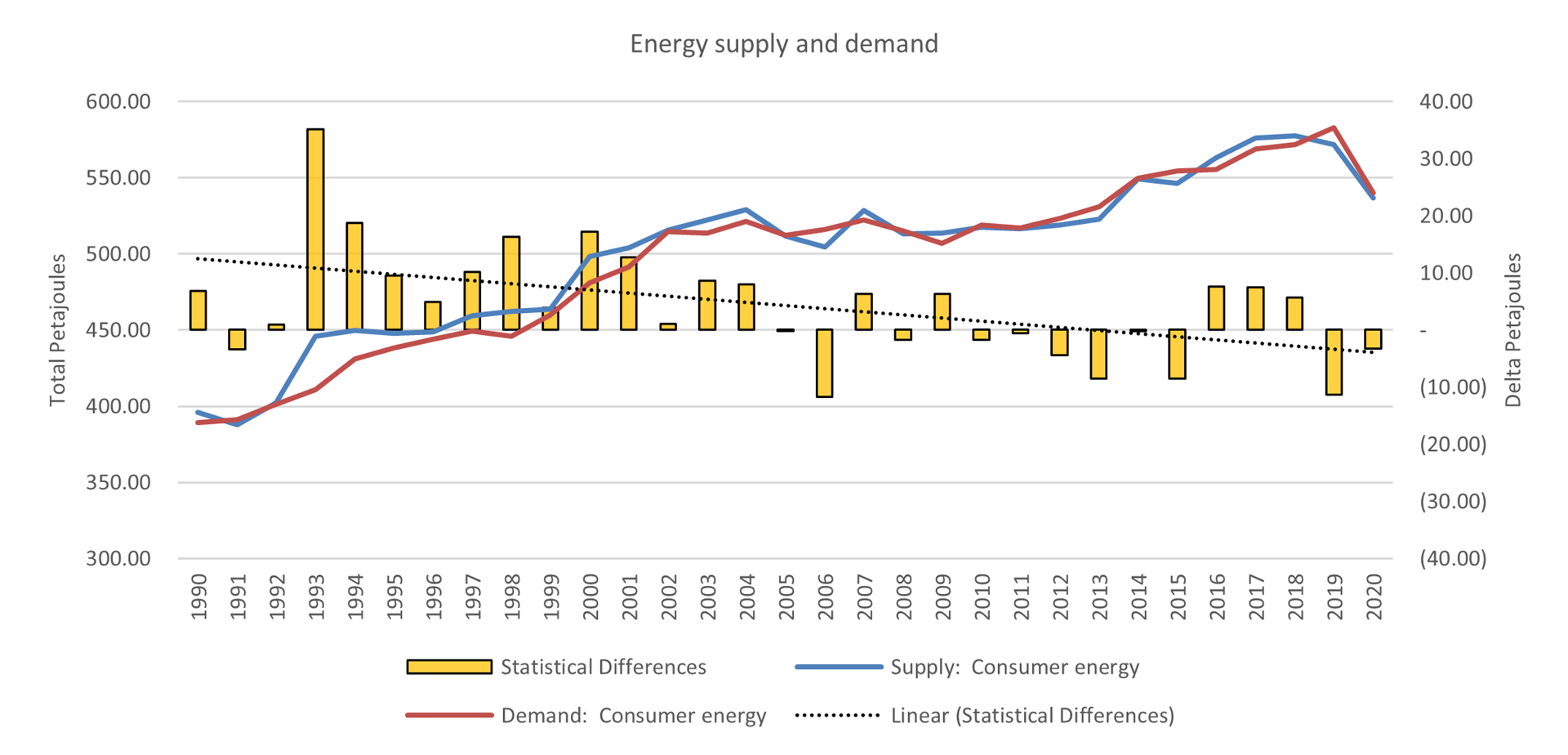This is the second thought leadership article in the series which poses the question: ‘Can history guide New Zealand’s path through energy transition?’ In this article, Nick Cozens, Beca Technical Director – Energy and Infrastructure shares his ideas and encourages your thoughts around energy infrastructure and whether it is at a crossroad, once again.
Aotearoa has reached the time for critical decision-making concerning contemporary and future sustainable and economically viable energy infrastructure. To determine the optimum solutions, there are several possibilities to consider and analyse with each requiring careful and thorough investigation to balance future requirements and expectations.While adjustments to energy consumption by way of enhanced efficiency, waste reduction and energy conservation will mitigate the growing need to transform global energy systems, perhaps history can help focus perspectives.
The uncomfortable truth
Evidence of large-scale infrastructure planning and building, remarkable in ambition and scale, occurred in Aotearoa during 1960 – 1972. More than a quarter of the country’s current energy capacity was built during this period, alongside other major developments including enhancements to railway connections, roading interconnectivity, and deepening and expansion of port facilities. These were substantive additions that significantly improved our standard of living and economic productivity.
Understandably, continued value from this infrastructure is still sought after today, but at what point does the law of diminishing returns necessitate a change in future strategy? Although the electricity market has historically been reasonably stable, analysis reveals demand for electricity has begun outstripping available supply – and more frequently (see graph below note: effect of 2020 pandemic). Projected population growth, decreasing baseload output and now, forecast climatic volatility will likely only exacerbate these uncomfortable truths and strain current energy dependent infrastructure.

Sustainability drives innovative thought
It’s become clear that the way power producing infrastructure has operated in the past isn’t sustainable for the future. Core tenets of circular economy can no longer accept the constraints of linear business models. Take for example hydropower generation, the mainstay of electricity generation in Aotearoa. Accounting for a remarkable share of renewable electricity, over 60 percent of national capacity which, has proved to be a very reliable and inherently sustainable asset.However, the role of this aging infrastructure is being strained. Not only must it support increasing electricity demand, but it must provide more frequent dry year risk cover, all the while as asset deterioration and maintenance costs increase.
What if, a proportion of this current baseload1 hydropower generation is switched to a following load2 model of generation? No longer are these aging assets the mainstay of electricity generation in Aotearoa, but rather they provide a vital supporting role. Natural and administrative limits will continue to reduce the scale and reliability of future energy generating practise – particularly at scale, onshore. Several benefits of a reimagined approach would immediately become clear:
- the emergence of a competitive firming market, with new and diverse renewable energy initiatives such as large scale, high capacity, offshore wind farms, as is the case offshore UK
- the firming portion of this additional renewable generation would be auctioned, to support and encourage more intermittent energy projects that are prone to discounted prices
- selected hydrodams could be treated as battery storage facilities, better mitigating dry year risk and reducing dependence on imported coal.
These ideas are early-stage stimulants to simply encourage broader conversation – to reimagine the future and challenge the status quo. While new challenges will inevitably emerge, a degree of comfort can be found in the fact similar problems of scale were overcome during the 1960s.
In the final instalment in this thought leadership series, the third interdependency of a functioning economy – industrial output, will be explored. If infrastructure is the glue that binds energy generation to industrial output, then closer examination of present and future industrial character is required. Read the first article in the series, here.
1. Baseload: Baseload power refers to the minimum amount of electric power needed to be supplied to the electrical grid at any given time. Day-to-day trends of power usage need to be met by power plants, however it is not optimal for power plants to produce the maximum needed power at all times.
2. Following load: A load-following power plant, regarded as producing low to mid-priced electricity, is a power plant that adjusts its power output as demand for electricity fluctuates throughout the day.
Nick Cozens
Technical Director – Energy and Infrastructure
 New Zealand
New Zealand
 Australia
Australia
 Singapore
Singapore